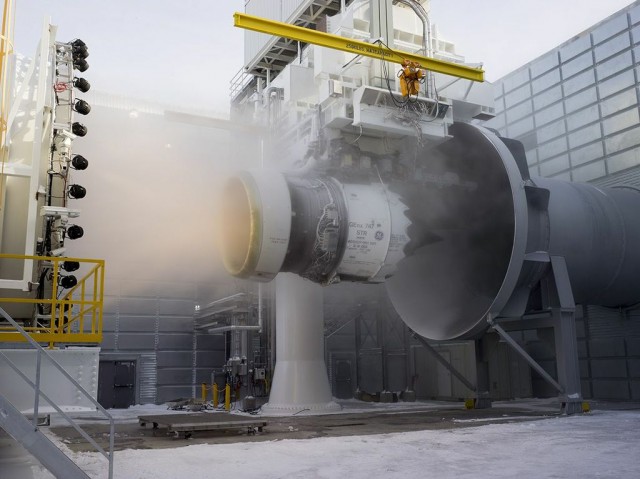It’s no secret that China is one of the world’s largest consumers of narrow-body aircraft. It is also no secret that China wants to be seen as capable of developing its own commercial airline industry. The Comac C919 is the answer to their problem. Unlike the ARJ-21, this aircraft is a much more ambitious affair.
Though still mostly constructed from aluminum, the aircraft features composite materials — at least in the wingbox. The Comac C919 has garnered 450 orders prior to the first airframe being completed, with the first flight expected towards the end of the fourth quarter this year. It looks, to the untrained eye, as if this program is off to a promising start.
Unpack the 450 orders, however, and the picture starts to look a little different.

GEnx engine being tested in cold weather. Image from GE.
This story was written by Christopher L. McMullin (@787forlife) for AirlineReporter.com:
Have you ever wondered if an Iditarod trained Husky and airplane engine have anything in common? Well, they just might. General Electric is currently putting their engines to the cold test.
Last February, GE established the Engine Testing, Research and Development Centre (TRDC), a $50 million facility in Winnipeg, Manitoba (YWG). With recent updates, this allows engines to be tested year-round. At this 122,000 sq. ft. facility, the newest GE jet engines, including but not limited to the GEnx family, are pushed to their max. They undergo rigorous trials in extreme winter conditions. While it may be 30°F outside, these engines are able to be tested at a blade chilling -8°F. How’s that for cold blooded?

